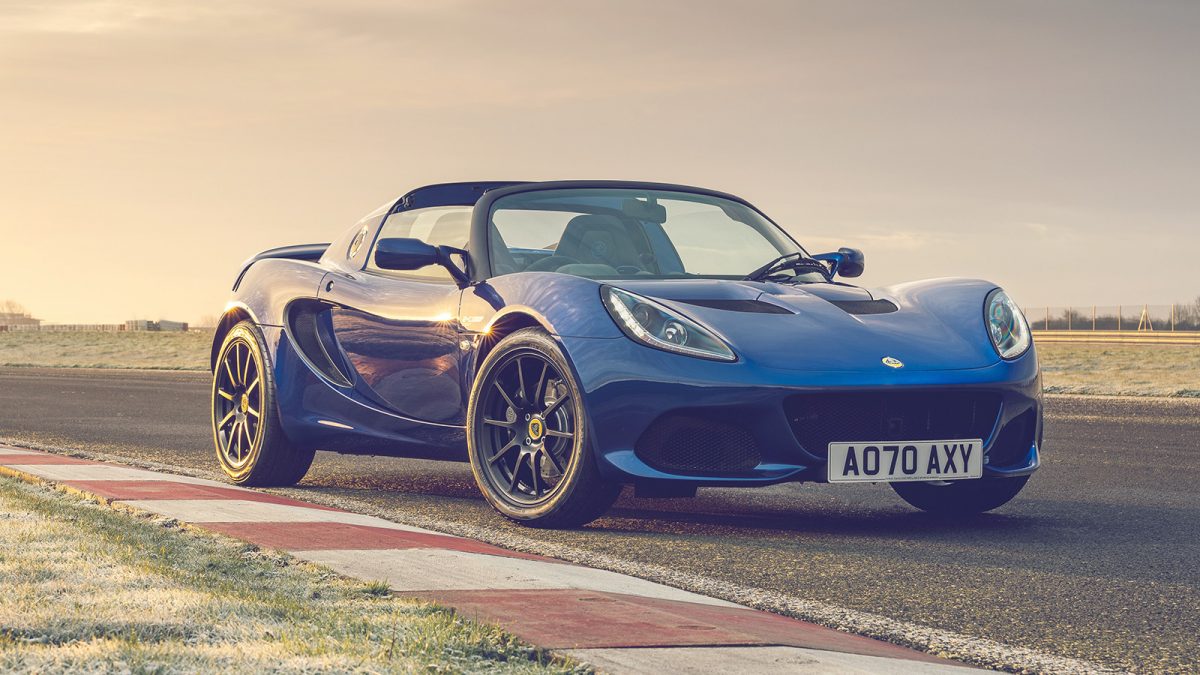With a production run of 25 years, the Lotus Elise should be considered a relic by automotive standards. Yet it is not. Hethel’s little welterweight shows no signs of faltering. Still elegantly simple in its execution and punching above its weight as the day it debuts.
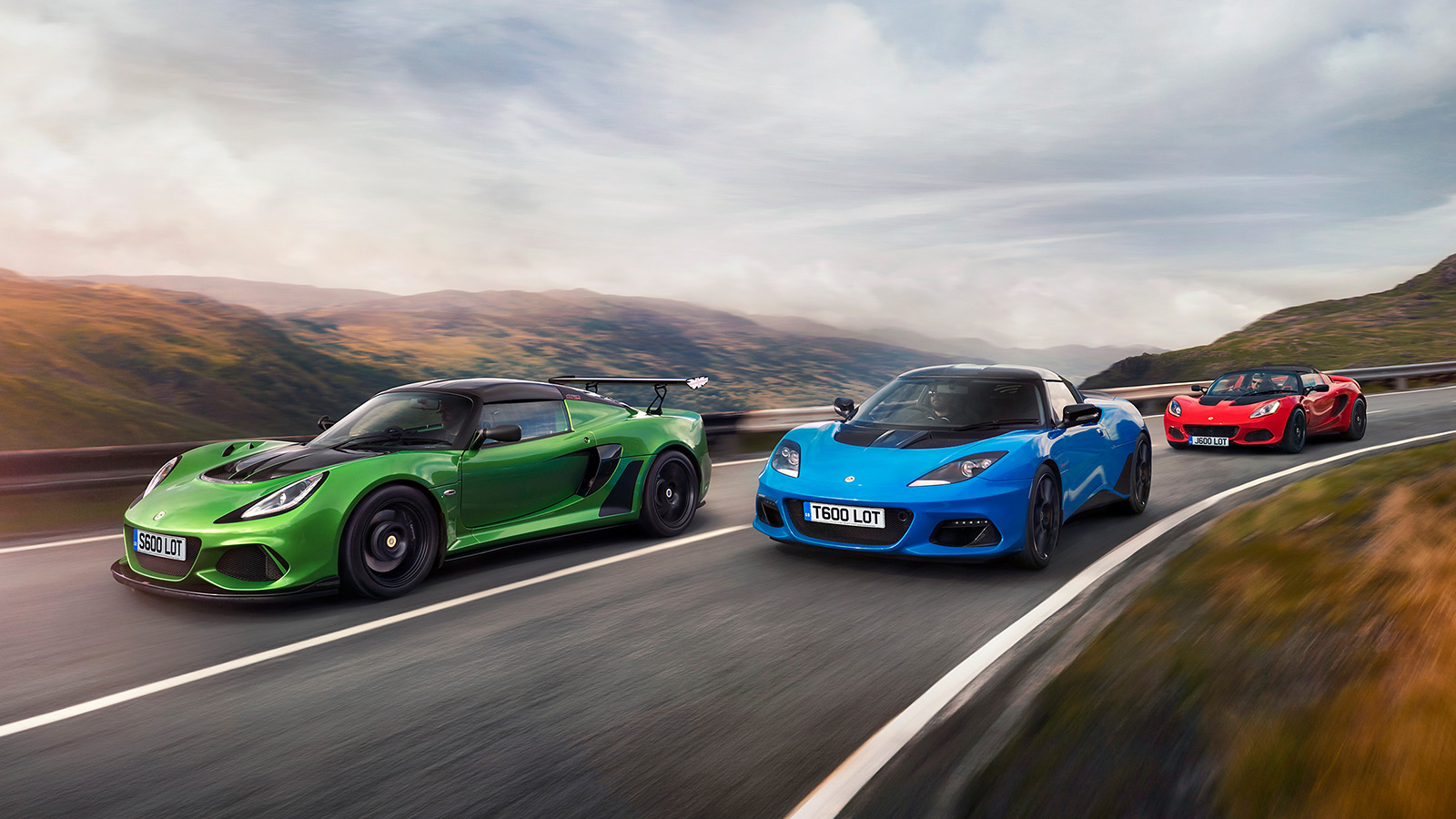
Though still a spring chicken by British auto industry and royalty standards, it cannot escape its inevitable fate. Lotus recently announced that it would put the Elise, alongside the Exige and Evora, out to pasture by the end of this year.
Essentially, Lotus will be doing a hard reset, purging its entire series production by the close of 2021. All this is to set the stage for Lotus’ new sports car series. The first of which, called the ‘Type 131’, will begin prototype production this year.

Many believe that the Type 131 will become the next Esprit, eventhough no technical details have been released. If that were the case, Lotus looks to be realigning itself as a worthy competitor to the big performance names, raising itself from its niche little rut it had found itself stuck in over the past two decades. A niche that the Lotus Elise successfully defined no less.
Lotus Elise – Birth of a legend
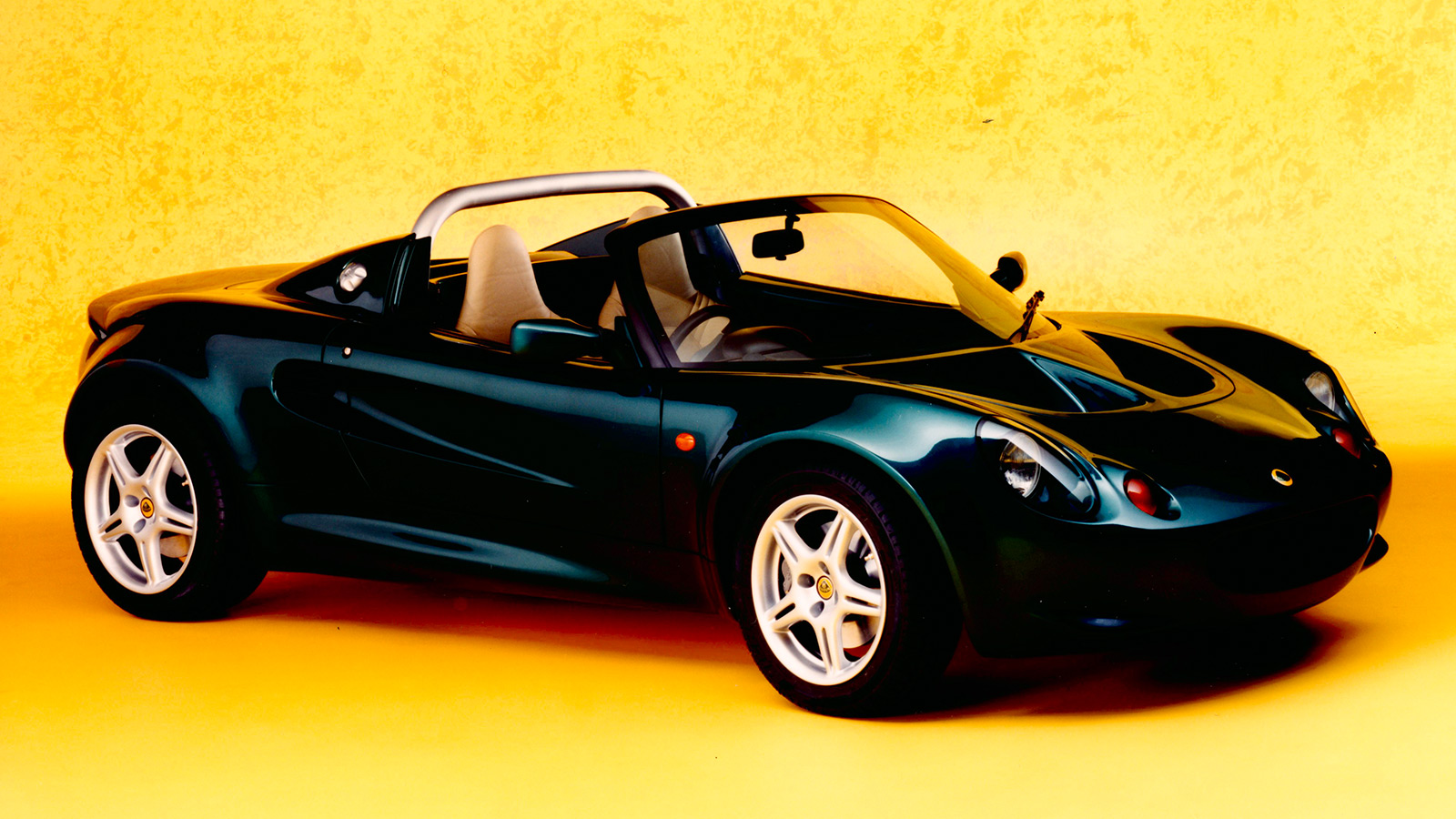
At 25, it is hard to imagine the era from which it came. Though 1996 wasn’t exactly a cultural high point. Independence Day became the year’s biggest grossing film, kickstarting the “disaster porn” genre and Hollywood’s addiction towards visual spectacle. The biggest musical group were the Spice Girls – inspiring a new generation of teen-pop acts. While the hottest song in the world was the Macarena. No wonder Osama bin Laden declared his Jihad on the Western world.
Over in Hethel, the Lotus Elise made its debut with a then-revolutionary bonded-aluminium chassis and half of an Esprit’s price. Sure, the Elise wasn’t exactly opulent by 1996 standards. It only had a humble Rover K-Series inline-4 with 88kW to play with and not much of an interior. But with a waif-like 725kg and an utterly sublime chassis, that was all the motivation it needed.
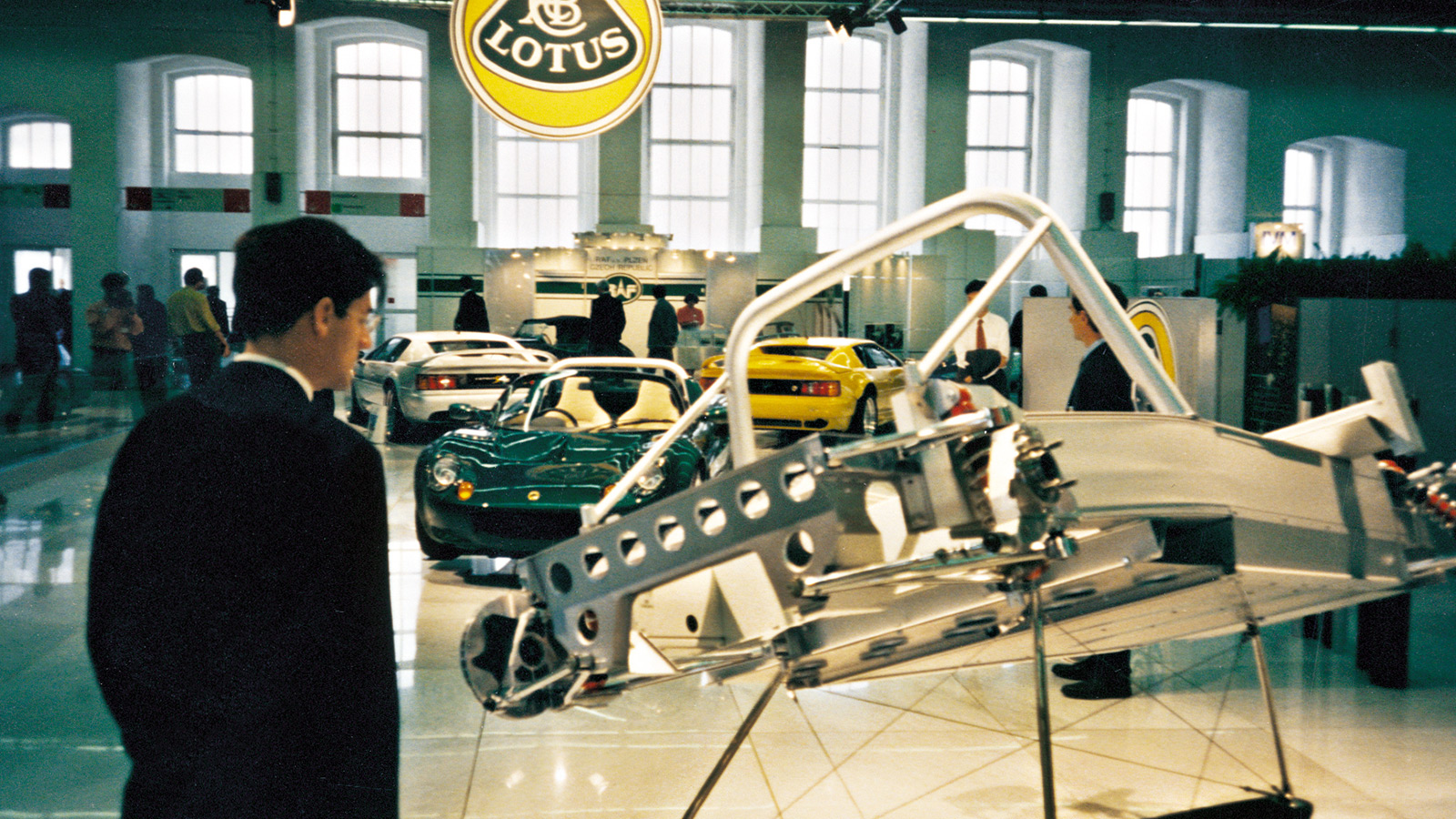
By doing away with frivolities like interior trim, the Elise was the embodiment of Colin Chapman’s ethos of “simplify and add lightness”. Pure, direct, and effervescent. Free of the excesses and frivolities that was beginning to creep its way into the cars of the 1990s.
Though it must be said that not having anything other than a body, engine, and chassis worked in Lotus’ favour, considering the propensity of its past products of shedding its trim from the factory floor.

Nevertheless, the glowing praise it garnered and attractive pricing made it the fastest-selling Lotus car in history. Within four years the company had built over 10,000 examples, securing its finances, and burnishing its name.
Opening doors across The Pond
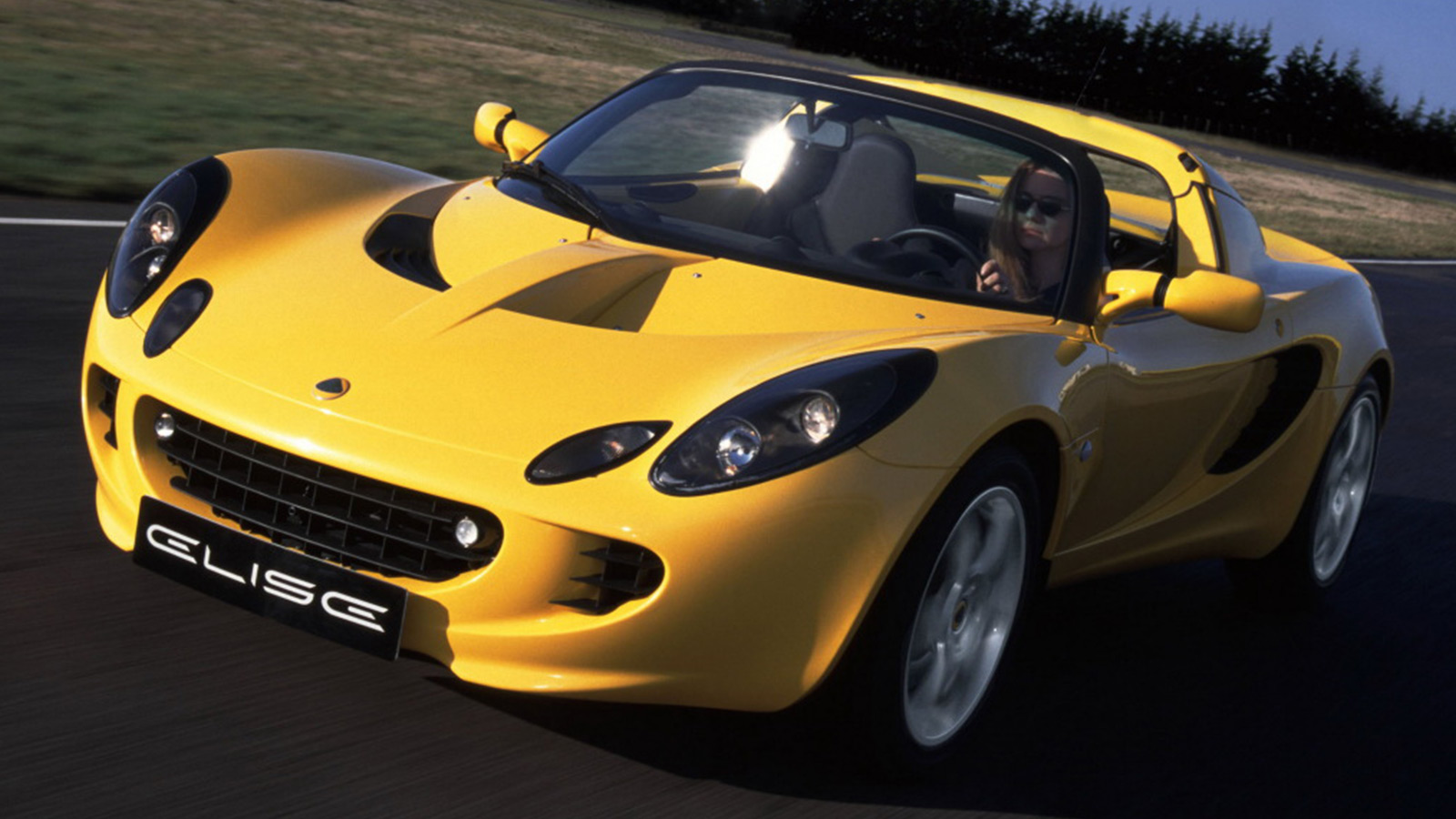
Its success attracted General Motors, which financed the 2001 Lotus Elise Series 2’s development to meet incoming European crash regulations. The partnership opened the doorway for Lotus to expand production with the Opel Speedster derivative and paved the way for its North American revival.
In turn, its presence in North America opened doors for Tesla to build its first model, the Roadster, and for John Hennessy to create his production speed record-smashing Venom GT.
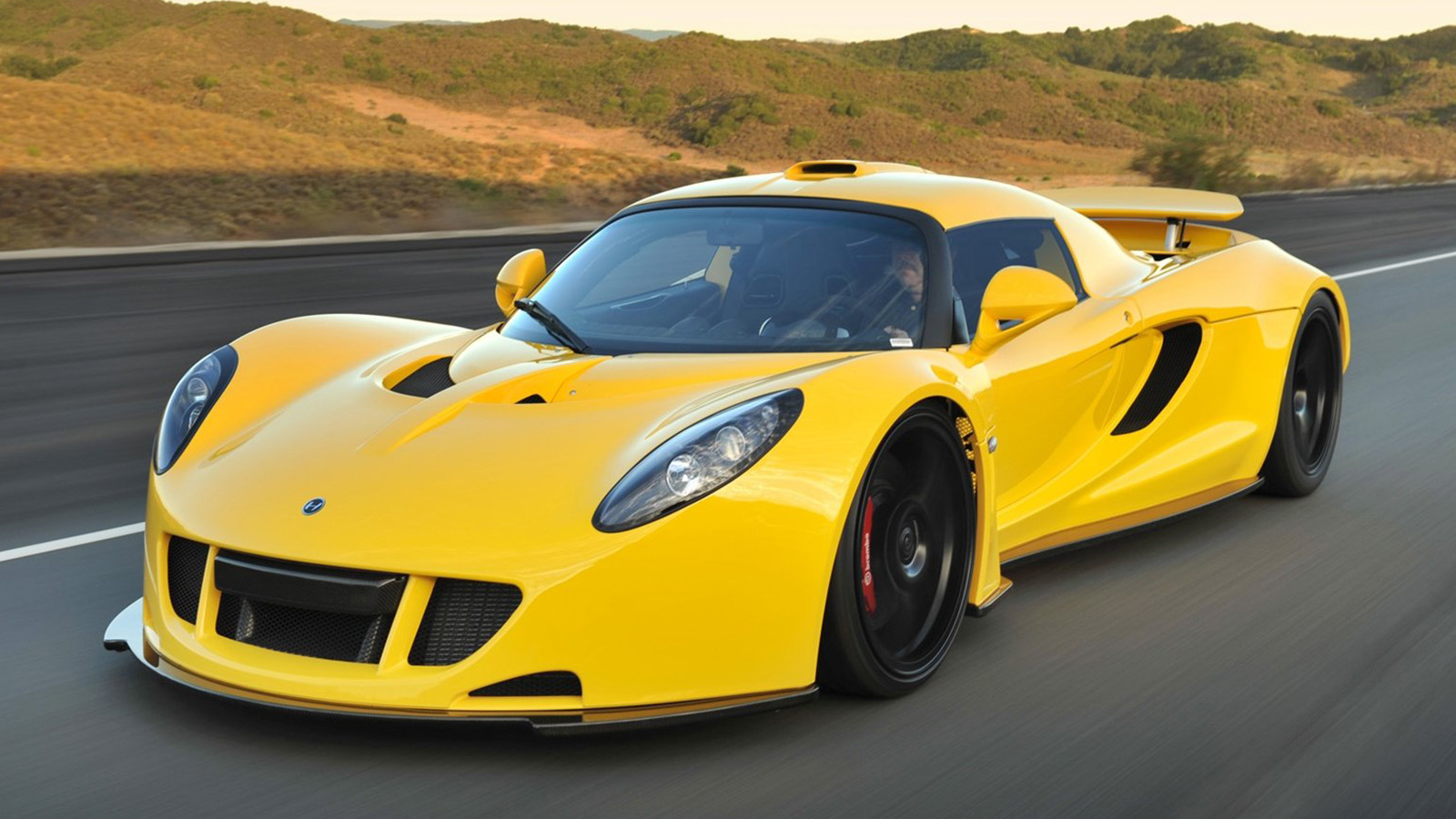
That said, the improvements in its crash safety and performance meant that the Series 2 Elise’s weight ballooned to 860kg. Though, even by automotive standards back then it was still a featherweight champion. Not to mention its sense of dynamic purity remained unblemished.
Thanks to its impeccable reputation and lauded chassis, the Elise eventually inspired a new-generation of weight-watching mid-engine sports cars. The most notable of which is the Alfa Romeo 4C.

Unfortunately for Lotus Elise adherents, as tastes and expectations shifted, so too would the car’s mainstream popularity. But that is a story that we will get to shortly. In the meantime, things were looking great for Lotus’ new baby at the turn of the millennium.
Growing the Elise family

With the fanbase rallied around the Elise, Lotus expanded its model range with derivatives of its own. In 2000, Lotus pared back its amenities, like its doors, to create the barebones 340R. On the flip side, the company also created a track-focused coupe variant, the Exige.
From a limited release model, the Exige became a new Elise-based model line with the Series 2 in 2004. The Exige, in turn, led to the creation of the skeletal 2-Eleven track car in 2007.

Thanks to the brilliance of the Elise chassis, Lotus had a lucrative golden goose that kept on giving. However there was a limit to what its engineers could do with it, and it came in the form of the 2006 Europa S.
Limits of ambition

Conceived as a better-appointed grand tourer, the Europa S used an expanded Elise chassis with a GM-sourced 2-litre turbocharged engine. By itself, the recipe sounded promising, but in execution, things were less positive.
Not only was its appearance hard to swallow, but many didn’t appreciate Lotus’ attempt at civilising a chassis that had a very raw ethos. Sales of the Europa S were dismal, and after four years, Lotus axed it.
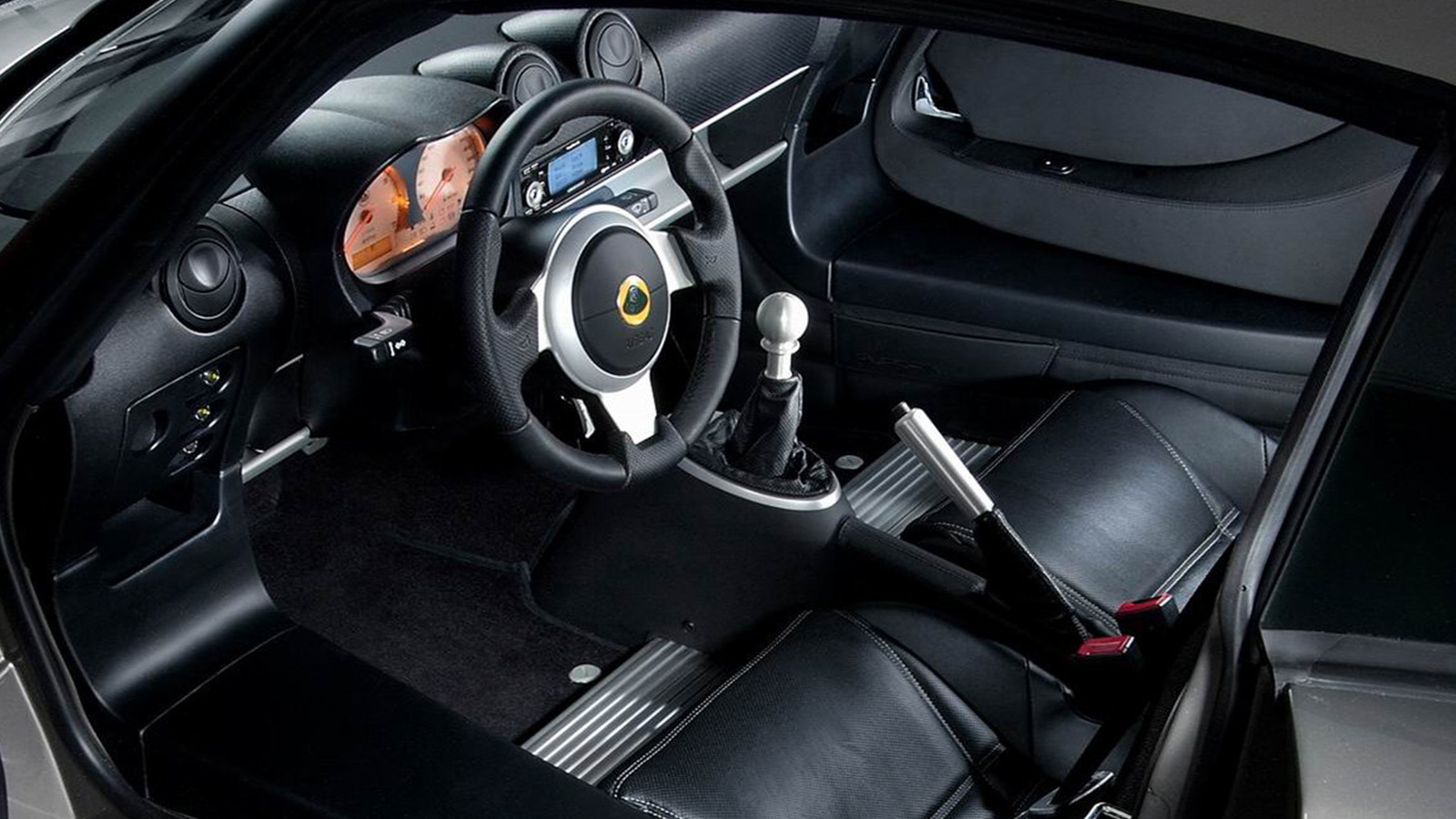
It was clear that adding luxuries onto a chassis meant for a small and austere car didn’t work. As such, Lotus developed a dedicated platform to realise its grand tourer ambitions with the 2009 Evora.
Unfortunately for Lotus, despite the Elise bringing some stability and brand reverence, it could not escape the misfortunes of its Malaysian owners, Proton.
Master adopts the servant’s ways

Flushed with cash at the time, Proton wasn’t exactly playing the big benevolent benefactor role with Lotus. Instead, the company had a more realistic goal with its acquisition instead of just prestige gathering.
Following a decade of producing rebadged old Mitsubishis, Proton realised that it was getting the raw end of the deal. Not only were Mitsubishi licensing outdated cars, but they were charging hand and foot for the privilege. Proton needed to stand on its own two feet if it were to grow beyond its home market.

So, in the mid-1990s, Proton was on the lookout to acquire the technical expertise to engineer its own cars, which led them to Lotus. Though Proton had good intentions for absorbing the legendary name, the move ultimately dismantled its market leadership.
Right intentions, misplaced priorities

Proton’s technical partnership with Lotus did create cars that were rather good to drive. However, less effort went towards improving build quality. In a market where the automotive pyramid of needs hovers between necessities of price and reliability, Proton pretty much got off the start line with the bullet shot into its head with its misplaced priorities. As expected, its “Handling by Lotus” products gained accolades from driving enthusiasts while giving critics more ammunition.

All this meant that Proton spent heaps on a vanity engineering project that its own market would come to reject. Following the launch of its first home-developed and built car, the Waja in 2000, Proton’s popularity steadily declined. Seceding its market share to an ascendant Perodua, which built affordable rebadged Daihatsu models, which buyers lapped up.
Amidst Proton’s home market decline, Lotus itself had plans for three platforms to revitalise itself, starting with the Evora. A “new mid-engined flagship supercar” would have been part of the plan. That all sounds promising if it wasn’t for the Dany Bahar era debacle.
Going big and going home

In 2009, Proton poached Ferrari’s charismatic senior vice president for commercial and brand to be Lotus’ CEO. With his appointment, Bahar lured AMG’s powertrain genius, Wolf Zimmermann and Ferrari’s designer, Donato Coco over to Hethel.
Not only that, Bahar packed his advisory board with legendary industry luminaries like Bob Lutz, Karl-Heinz Kalbfell, and Gordon Murray. Regardless of your predisposition towards Bahar’s glamorous image, he had good intentions for Lotus.
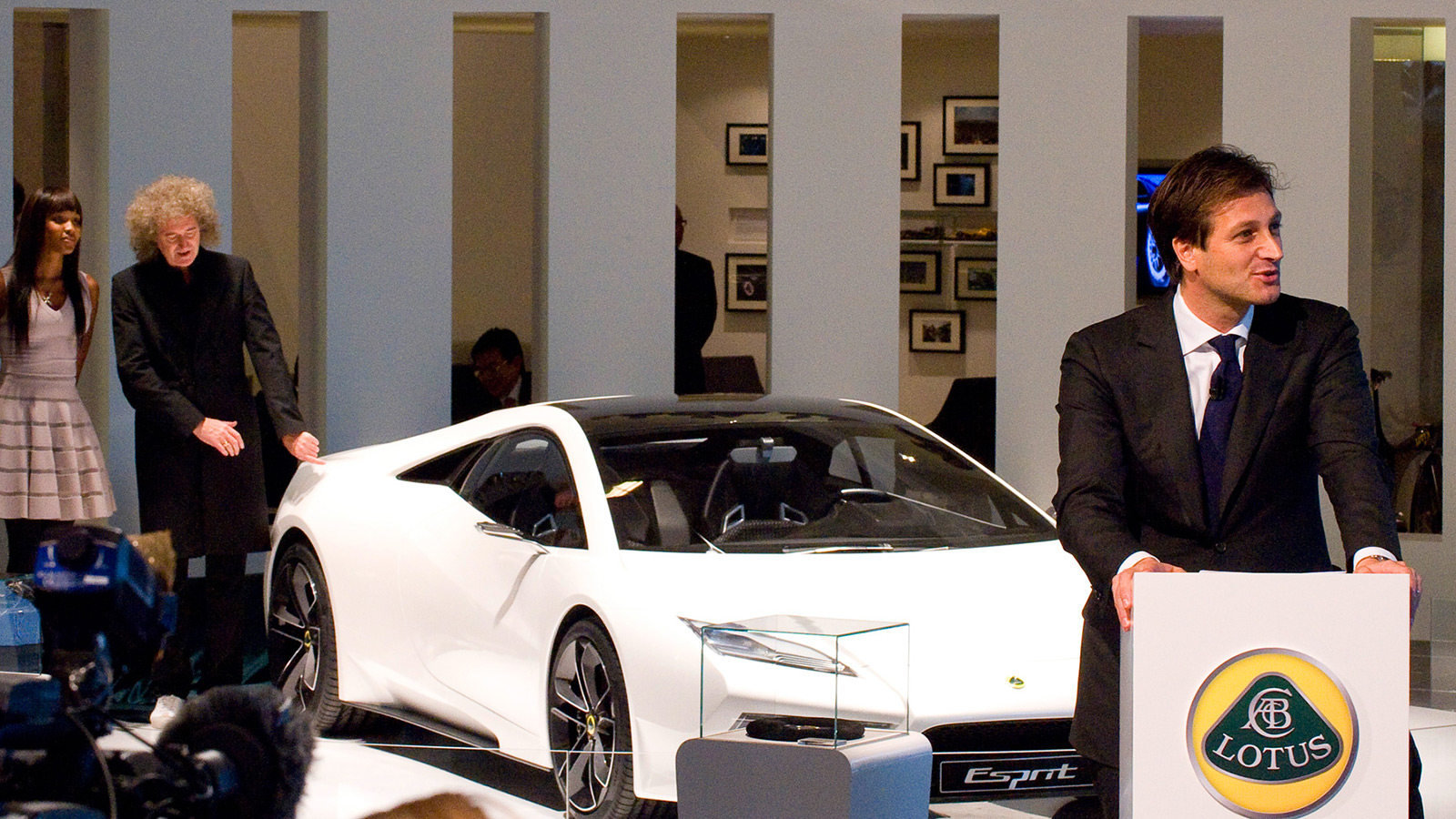
A year later, Bahar launched his new renaissance with a bombastic show of five concept cars, with an all-new Esprit as its centrepiece. Later that same year, Lotus finalised its deal to buy a stake in the Renault F1 team and repurpose it as Lotus Renault GP.
Despite the praise and publicity garnered from the concept car launch, many were suspicious of Bahar’s ambitious plans. Many fans thought that his goal to go toe-to-toe with Ferrari with advanced drivetrains and luxurious trappings was taking the brand away from its core ideals of lightness and simplicity.

However, Bahar didn’t see it that way. To him, the only way to guarantee Lotus’ survival was to go upmarket. A sentiment that he learnt from his mentor Luca di Montezemolo at Ferrari. A move that many automakers have come to rationalise.
Not only that, but the goals of his paymasters at Proton were aligned with his. That is until they were no longer calling the shots.
Lotus’ new masters

Towards the latter part of the 2000s, Proton’s chickens had come home to roost. Its failing reputation in its home market saw Proton losing ground and profits. By 2006, Proton was barely breaking even and was bleeding cash in the following three years. And with blood in the water, the sharks came circling.
Looking to change the situation around, the Malaysian state investment firm sought to divest its stake in Proton to Malaysian conglomerate DRB-Hicom in 2012. After the buyout, DRB started scrutinising Bahar’s high-rolling ambitions, and unsurprisingly, they weren’t impressed by what the balance sheets were saying.

Allegations of financial misuse were raised, which eventually led to Bahar’s sacking in June. The following month, reports stated that the five model offensive was scrapped. In his place, DRB-Hicom appointed the financially conservative and pragmatic Jean-Marc Gales.
Victim of changing times
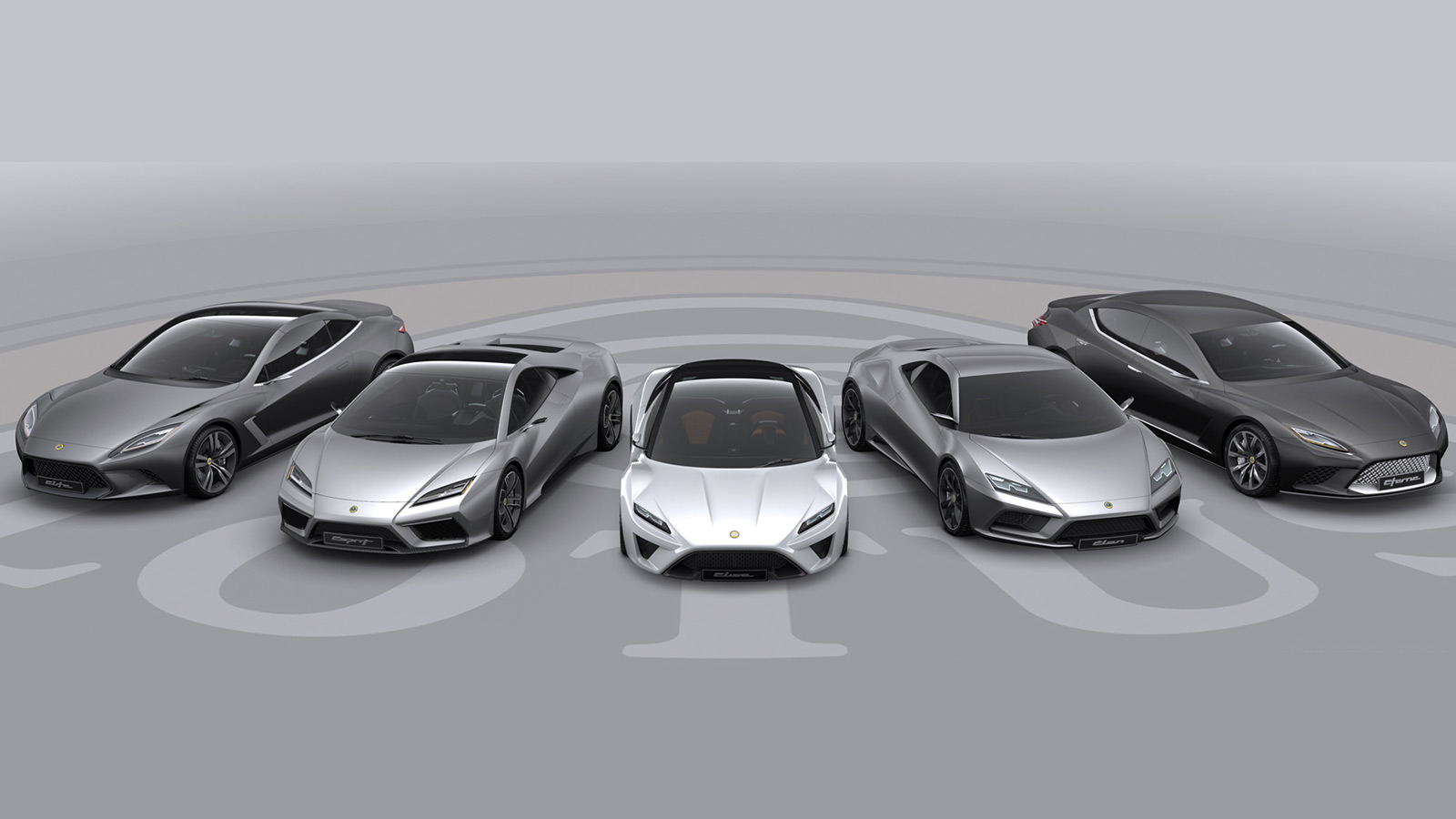
Was Bahar right in trying to elevate Lotus beyond the Elise? The ‘light is right’ fundamentalists would say “no”. To them, the 1250kg Porsche Cayman baiting Evora was edging on blasphemy. The sub-tonne Elise was its most successful model in decades, why change what is broken?
However, the realist would say “yes”. Because by 2012, the winds of change were already blowing through the performance car industry.

For starters, strict emission regulations bear part of the blame, but not in the way one might think. It wasn’t that these regulations made ownership difficult, but it made small sports cars like the Elise a little redundant.
Power to the common driver

These regulations led to the rise of the downsized turbocharged engines. Its proliferation in turn allowed manufacturers to squeeze more power into your average family car. Allowing it to keep up with small sports cars off the line. Furthermore, mainstream automakers were catching in the dark art of suspension tuning. This, in turn, meant that the family cars could still keep up in the corners as well.

That isn’t to say that the average Volkswagen Golf GTI would shame a Lotus Elise. Quite the contrary, the little roadster would easily run rings around it. But like the average pleb binging on a Michelin-star prepared dish, they aren’t able to discern its finer esoteric qualities.
To many mainstream buyers, a home-cooked meal is good enough, no matter how hard enthusiasts try to convince them otherwise. What they might not appreciate is the barren interior or lack of soundproofing of an Elise. Nor will they see the point of needing gymnastics to get in and out of the cars. Not when a family hatchback is just as quick on a fairly straight road, but miles more refined and usable.

And that is the crux of the Lotus name being defined by the qualities of the Elise. No doubt the little roadster has a dedicated fanbase, but owning it requires a fair bit of dedication on the owner’s part. A dedication that many quick and more capable cars of today do not ask for.
No love for spartan cars

Bahar and Proton knew that. For as much as Lotus depended on the Elise, it wasn’t a sustainable direction. Sooner or later, better-built, better-equipped, and quicker cars will emerge, leaving the Elise in the dust of irrelevancy with its small and obstinate customer base. In the language of big business, that is a strategy that is not worth their time.
In fact, by the time Bahar came onboard, the Elise was becoming a niche product. A niche that saw the equally spartan, lightweight-boasting Alfa Romeo 4C get thoroughly smashed by the more opulent Porsche Cayman.

Porsche has no trouble selling you a special barebones model with no creature comforts at a premium. Not because everyone wants it. But simply because those cars are based on normal luxury sports cars that already sell to a wider audience.

Hence, Porsche has plush and practical ordinary sports cars for the aspiring Joe. But if you eat, sleep that “simplify and add lightness” ethos, Porsche’s got a few special variants to strike your fancy.
Where Lotus went wrong

Porsche, Ferrari, and Lamborghini perfectly demonstrate that doing a “Chapman version” of a sports car is the more prudent strategy. You put the starters as a teaser before the main course. Get enthusiasts wondering what a hardcore version of your performance car would be like. Let them build up the anticipation.
Then when the excitement is palatable, that is when the “stripped out special” is wheeled out. In effect, revealing a new pinnacle in the model range and getting fans excited. Doing the reverse would only produce an unfocused package, as proven in the failure of bastardised-Elise that is the Europa S.

Unfortunately for Lotus and Proton, Bahar’s greatest failure was his timing. For him to raise Lotus from a maker of aluminium bathtubs on wheels to a proper luxury performance car maker would have required immense amounts of technical and financial resources.
Both of which, Lotus cannot depend on its owners for assistance. Proton was all out of ideas when it came to luxury and in-car technology. And its coffers were being drained by its inability to deliver a proper product for its home market.
A new dawn at last

However, as of writing this, all that is in the distant past by now. Under Geely’s ownership, which not only brings the needed dosh but also grants Lotus access to Volvo’s technologies, the company has all the resources it sorely lacked for decades.
The creation of the £1.7m 1471kW quad-motor all-electric Evija, shows that Lotus has the means to realise that goal. And if Lotus’ Type 131 and new sports car series is anything as ambitious, a new era will dawn.

The Lotus Elise will certainly return, in some form or rather. Cars like the Mazda MX-5 proves you don’t have to forego all creature comforts to make an enjoyable, lightweight car.
For all its worth, the 1996 Lotus Elise have lived a remarkable life. One far beyond that of its original trajectory. It not only singlehandedly saved a company, but it also kept it afloat as the storms raged. But like any king of an era, that era is ending, and it is high time to let a new generation define the next. Long Live the Lotus Elise.

